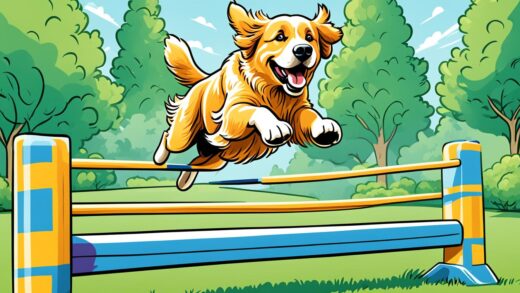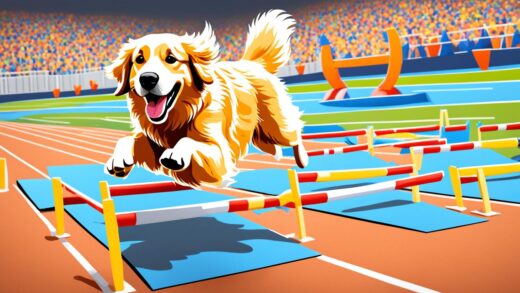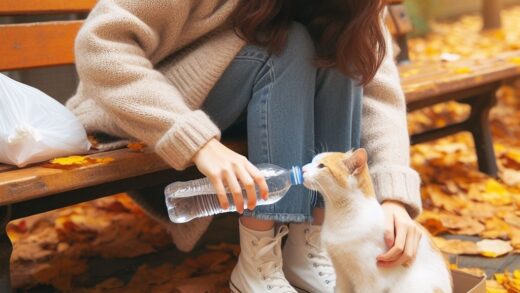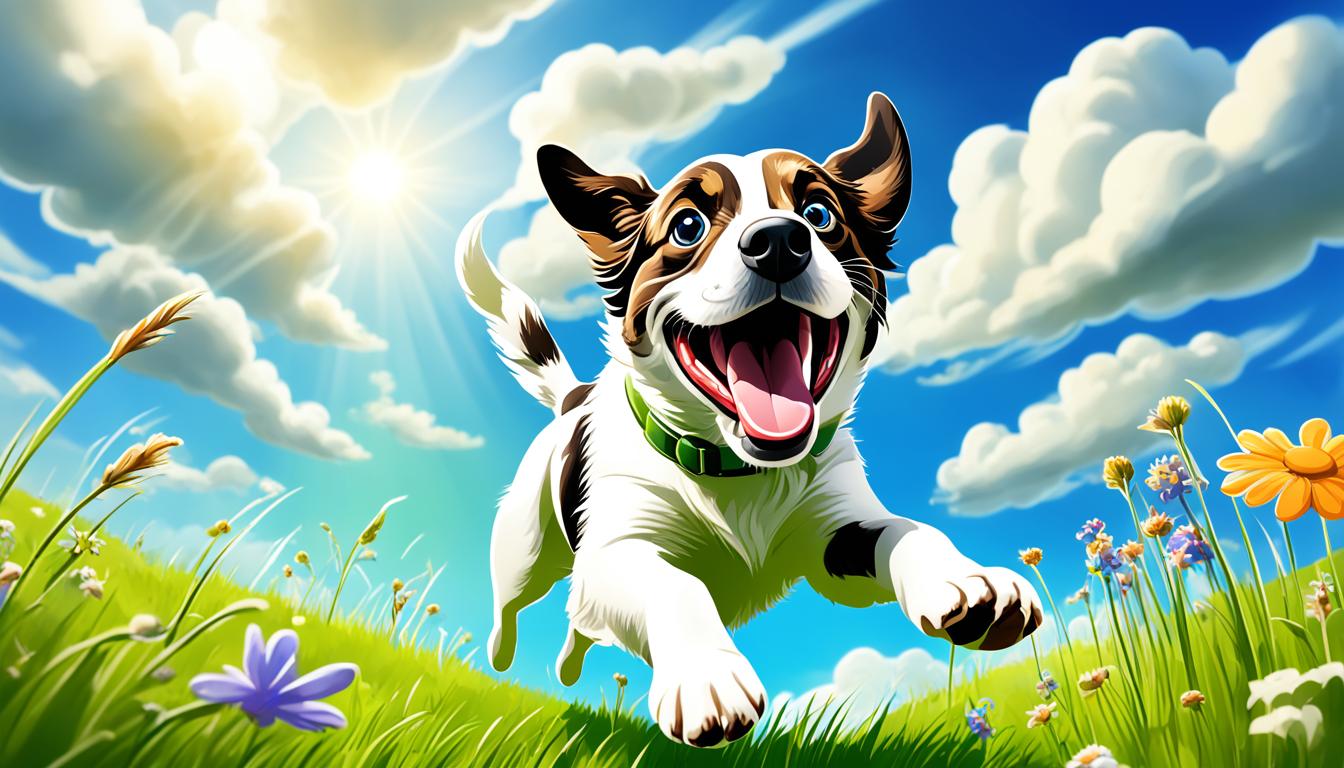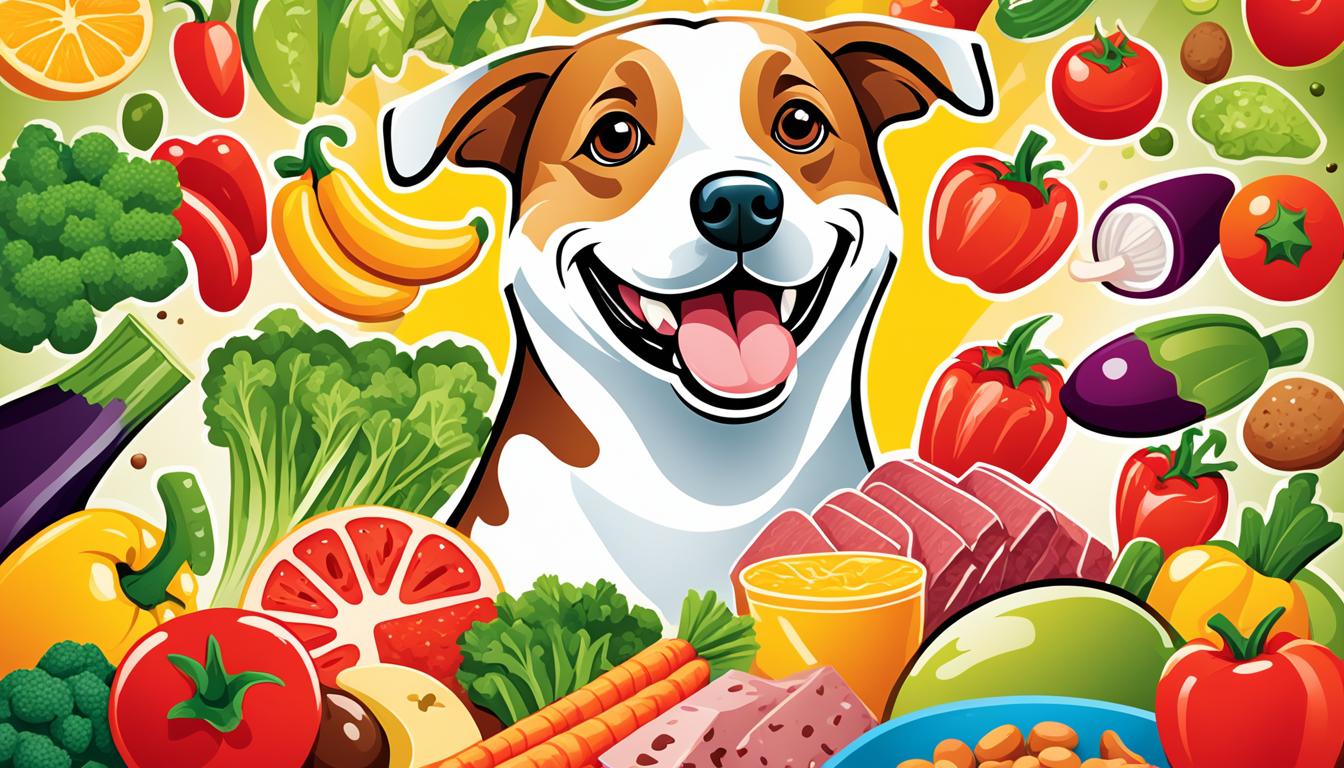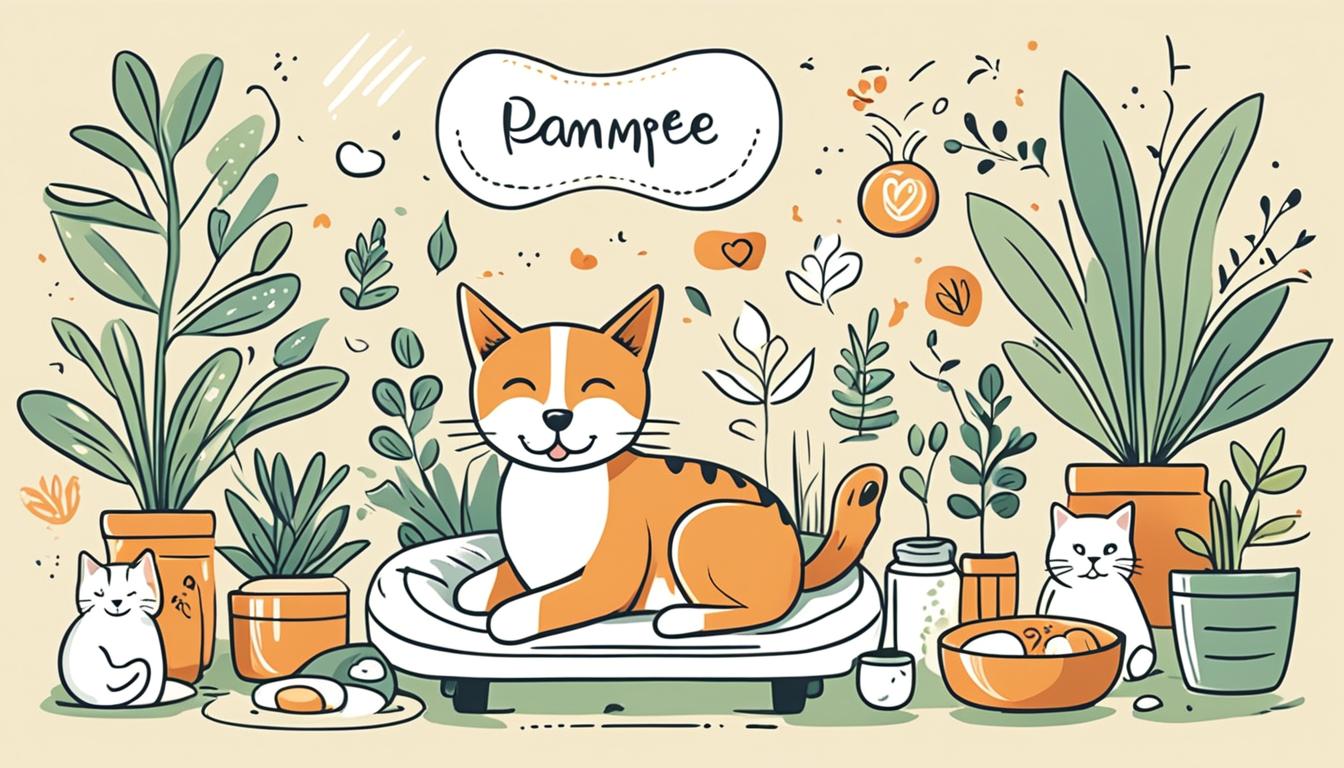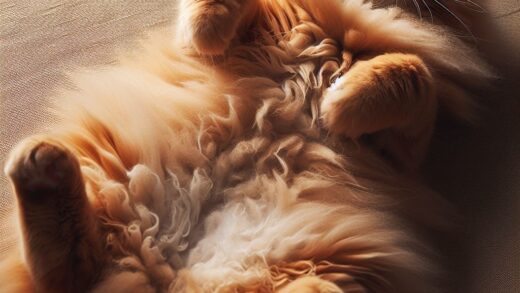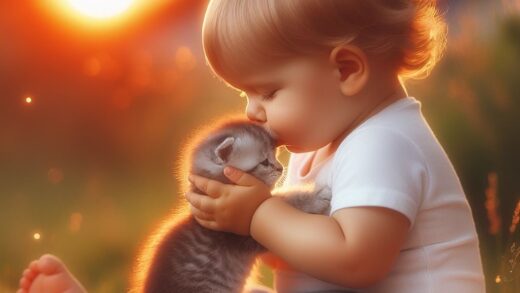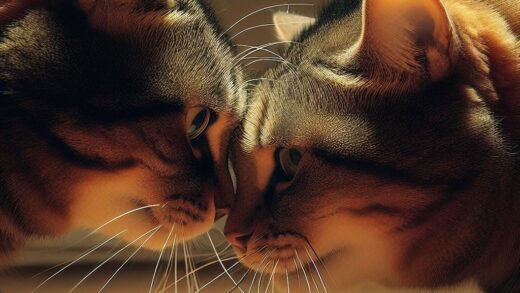Cat Loose Skin: Causes, Care, and Obesity
Cat loose skin can result from aging, weight loss, pregnancy, fluid retention, or health conditions like hyperthyroidism. Aging decreases collagen production and muscle tone, impacting skin firmness. Weight loss can lead to excess skin due to rapid changes and dehydration affecting skin elasticity. Pregnancy stretches the skin, and proper nutrition supports skin health during this time. Fluid retention management is crucial, as hydration levels affect skin elasticity. Understanding these causes and effects can help manage loose skin in cats. Further insights into care, obesity, and related health conditions await discovery.
Key Takeaways
- Aging affects skin elasticity and muscle tone, leading to loose skin.
- Weight loss can cause excess skin due to rapid changes in body size.
- Proper hydration and nutrition are crucial for skin elasticity maintenance.
- Pregnancy stretches the skin, especially around the abdomen area.
- Obesity can contribute to loose skin due to increased fat deposits.
Common Causes of Cat Loose Skin
Loose skin in cats can stem from various factors such as aging, weight loss, pregnancy, fluid retention, and certain health conditions, all contributing to the saggy belly appearance in felines. Skin elasticity plays a crucial role in the development of loose skin, as it determines the ability of the skin to rebound and tighten.
Additionally, reduced muscle tone, often associated with aging, can exacerbate the sagging effect. Cats that experience rapid weight loss may also have excess skin due to the skin’s inability to adapt quickly. Pregnancy stretches the skin, especially around the abdomen, further contributing to the loose skin appearance.
Understanding these factors can help cat owners better manage and care for their feline companions to ensure optimal well-being.
The Role of Aging in Loose Skin
With the natural process of aging, cats experience changes in their skin’s elasticity and muscle tone, contributing to the development of loose skin. As cats grow older, the production of collagen, a key protein responsible for skin elasticity, decreases. This reduction in collagen levels leads to a loss of skin firmness and resilience, making the skin more prone to sagging.
Additionally, the decrease in muscle tone that commonly occurs with age can further exacerbate the appearance of loose skin in cats. These age-related changes in collagen production and muscle tone play a significant role in the development of loose skin, highlighting the importance of considering aging as a contributing factor when addressing this common issue in feline companions.
Understanding Weight Loss Effects
The impact of weight loss on a cat’s skin elasticity and overall appearance is a critical aspect to consider in understanding the effects of shedding excess pounds. When a cat loses weight, it can have significant implications on their skin health. Here are key points to understand:
- Effects of Dehydration: Inadequate hydration during weight loss can affect skin elasticity, leading to dryness and potential issues.
- Skin Elasticity and Weight: Rapid weight loss can result in loose skin due to reduced collagen and elastin support.
- Maintaining Skin Health: Proper hydration, balanced nutrition, and gradual weight loss help preserve skin elasticity and minimize sagging.
Understanding these factors is crucial in ensuring a cat’s weight loss journey is healthy and beneficial for their overall well-being.
Pregnancy and Skin Stretching
During feline pregnancy, the skin undergoes a natural process of stretching to accommodate the growing litter. This stretching is a result of the skin’s remarkable elasticity, allowing it to expand without tearing.
While pregnancy leads to skin stretching in cats, factors like muscle tone and aging can influence how well the skin retracts post-pregnancy. Maintaining good muscle tone through regular exercise can aid in skin retraction.
Additionally, ensuring proper nutrition during pregnancy can support skin health. Aging may affect the skin’s elasticity, potentially impacting its ability to regain its original form after pregnancy.
Understanding these dynamics can help cat owners provide appropriate care and support during and after feline pregnancies.
Impact of Fluid Retention
Fluid retention in cats can have significant implications on their overall health and well-being. When it comes to managing fluid retention in cats and maintaining their skin health, there are key considerations to keep in mind:
- Fluid Retention Management: Proper management of fluid retention is crucial in preventing skin issues and maintaining overall health.
- Impact of Hydration: Ensuring adequate hydration levels can help improve skin elasticity and reduce the risk of fluid retention.
- Skin Elasticity: Monitoring skin elasticity can provide insights into the hydration status of the cat and help prevent fluid retention-related complications.
Taking proactive steps to manage fluid retention, promote hydration, and monitor skin elasticity can contribute to the overall well-being of cats with loose skin.
Health Conditions and Loose Skin
Various health conditions can contribute to the presence of loose skin in cats, highlighting the importance of thorough veterinary evaluation and tailored care strategies. Hyperthyroidism, a common condition in older cats, can lead to weight loss and subsequent loose skin due to an increased metabolic rate. Cats with hyperthyroidism may also have poor skin and coat condition, exacerbating the appearance of loose skin.
Additionally, skin infections can cause irritation and inflammation, leading to skin changes and potential sagging. It is crucial for cat owners to monitor their pet’s skin health closely, addressing any concerning changes promptly to prevent complications such as infections. Consulting with a veterinarian for proper diagnosis and management is essential in these cases.
Managing Loose Skin in Cats
Proper management of loose skin in cats involves a combination of balanced nutrition, regular exercise, and attentive grooming practices. To effectively care for your cat’s loose skin, consider the following:
- Skin Elasticity Maintenance: Encourage exercise routines to help maintain muscle tone and skin elasticity.
- Nutrition Balance: Provide a well-balanced diet rich in essential nutrients to support overall skin health and prevent further skin sagging.
- Infection Prevention: Regular grooming is essential to keep the skin clean and reduce the risk of infections due to skin folds.
Importance of Veterinary Check-ups
Regular veterinary check-ups are essential for monitoring and addressing any potential health issues related to a cat’s loose skin. Veterinarians can provide valuable advice on proper skin hygiene, nutrition, and overall care tailored to your cat’s specific needs. Maintaining a schedule of regular check-ups ensures early detection of any underlying health conditions that may be contributing to the loose skin. Additionally, veterinarians can offer guidance on maintaining proper skin hygiene to prevent infections and other skin-related issues. Below is a table summarizing the key reasons why veterinary check-ups are crucial for cats with loose skin:
| Importance of Veterinary Check-ups for Cats with Loose Skin |
|---|
| Early detection of health issues related to loose skin |
| Tailored veterinary advice for skin hygiene |
| Preventing infections through proper skin care |
| Monitoring overall health and well-being |
Frequently Asked Questions
Can Loose Skin in Cats Affect Their Ability to Jump and Climb?
Loose skin in cats, while a natural feature, may not directly affect their ability to jump and climb. It provides flexibility and agility necessary for these activities, supporting mobility and climbing behavior without significant hindrance.
Are There Specific Grooming Techniques Recommended for Cats With Loose Skin?
For cats with loose skin, specific grooming techniques are recommended to maintain skin elasticity. Regular brushing helps distribute natural oils, preventing skin issues. Weight management and tailored exercise routines are essential to support muscle tone and overall health.
How Can Owners Distinguish Between Loose Skin Caused by Weight Loss Versus Other Factors?
When distinguishing between loose skin due to weight loss versus other factors in cats, assessing skin elasticity is crucial. Weight-related sagging may lack fat deposits, while other causes like aging or health issues may present differently. Regular veterinary evaluation aids accurate diagnosis.
Is There a Correlation Between Loose Skin in Cats and Their Overall Hydration Levels?
Skin elasticity in cats can be influenced by hydration levels, impacting loose skin. Proper hydration supports skin health, reducing risks like infections and maintaining elasticity. Regular monitoring and ensuring adequate water intake are essential for overall feline well-being.
Can Loose Skin in Cats Worsen if Left Untreated for an Extended Period of Time?
Can the delicate balance of a cat’s skin elasticity worsen if neglected? Over time, untreated loose skin can lead to infections, signaling potential health issues and discomfort. Proper monitoring and care are essential to maintain feline well-being.

